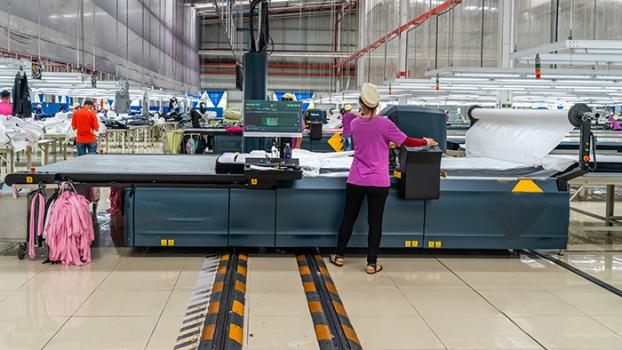
Textile clothing and footwear mechanic
Textile mechanics set up, adjust and maintain machines used in textile, clothing and footwear industries.
They generally perform tasks that include diagnosing and fixing faults, repairing and replacing faulty parts and overall ensuring shifts run smoothly.
Working conditions
Textile, Footwear and Clothing Mechanics usually work shifts. They will generally work in a factory environment such as a spinning or weaving mill, shoe or clothing factory. The environment will usually be well lit, but may be noisy, oily and dusty with high volumes of active machinery and people. Some of the paints and dyes used in textiles, clothing and footwear may be both noxious and flammable.
Tools and technologies
A Textile, Footwear and Clothing Mechanic may use: spanners; wrenches; Allen keys; screw drivers; vernier and calliper gauges; taps and dies; assorted drifts, punches and chisels; hammers; drills; pullers and extractors and diagnostic tools, such as ammeter/voltmeter. Compressors may be used to power machines and air tools to minimise risk of fire.
Education and training
To become a textile mechanic you usually need to undertake a textile clothing footwear mechanic apprenticeship. The apprenticeship usually takes 48 months to complete.

Free support and assistance
Your local jobs and Skills Centre can provide free information, support and assistance to help you decide on the best training options to meet your goals.
Disclaimer
The information presented on the occupation profiles within this website is offered as a guide only.


